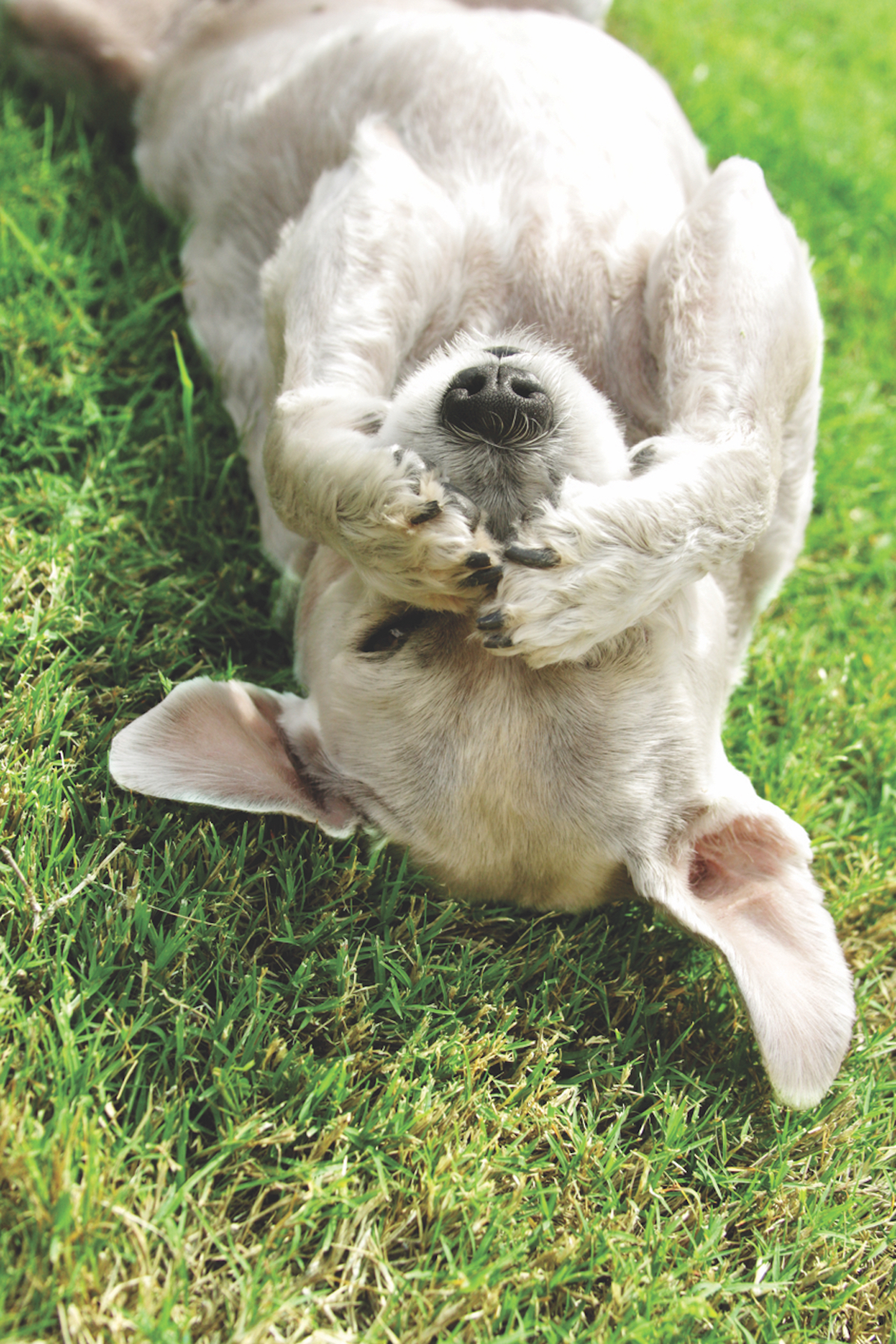By Tracie Korol
While the hygienist scraped at my teeth she shared that she and her husband had recently adopted a baby Boykin, a future champion duck hunter. I love all puppy stories, plus I was a captive audience. Seems training is going pretty well but Jake insists on investigating the marsh. From a puppy perspective that makes complete sense to me — if you’re new to the planet, the marsh is a terrific, smelly, exciting place to explore — so I politely replied, “gnnnggg”. She continued, “My husband bought a shock collar.” That’s when I raised my hand in the universal dental sign of “please stop.”
As a behavioral professional, I adhere to a positive training philosophy. I find the use of shock collars (or e-collars, as they are euphemistically re-named) abhorrent under any circumstance. While some trainers support and promote a shock collar as an effective and “dog friendly” training tool, the APDT (Association of Pet Dog Trainers) thinks otherwise. One of the APDT’s stated missions is to advocate for dog-friendly training defined as “training that utilizes primarily positive reinforcement; secondarily negative punishment, and only occasionally, rarely, and/or as a last resort includes positive punishment and/or negative reinforcement.”
Shock collars were initially used to administer positive punishment — thedog’s behavior makes a bad thing happen. If your search and rescue dog takes off after a rabbit when he’s supposed to be searching and rescuing, you’d hit a button on a hand-held remote, he’d get a painful jolt in the neck and in his mind he’d connect his desire to go crittering with a bad thing happening. Or, if your dog didn’t come promptly when called, you’d hold the button, delivering a constant unpleasant stimulus until the dog returned and sat by your feet at which time you’d stop pressing the button. This is negative reinforcement; the dog’s returning to you made the bad thing go away and the behavior of coming when called increases. Today many dog owners think that a shock collar is a short cut to good dog behavior.
Granted, the collars of today differ greatly from those used 15 years ago. The first shock collars had three to five levels of shock or “stimulus” and would occasionally fire when hit by random radio signals, or continually fire when wet. According to their manufacturers, today’s collars are much more sophisticated and can be adjusted to very low levels and very momentary action, the intent being a non-aversive stimulus or a “tap”. One collar features a dial with ranges from 1-100. Of course, these improvements are reflected in higher quality, higher cost products, certainly not what one would find in the big box stores. Unfortunately, low-cost and low-quality products are readily available in any pet supermarket. Unfortunately, it is the novice dog owner that usually purchases them.
Some trainers argue convincingly that they use shock collars only at a low setting as a gentle way of communicating with dogs and that results are generally good. If pressed, however, most will readily admit that they will turn up the dial if/when the dog stops responding to the “tap”. Most insist that it is appropriate to use higher settings when they feel it’s necessary to apply positive punishment, too. But, by that time, you may have crossed the line: your dog may be completely shut down — those are the dogs with no light in their eyes — or, your dog may begin to offer stress and appeasement behaviors as his new “normal” behavior, or he may begin to demonstrate “learned helplessness”.
My fear is that if you’re tempted to train with a shock collar, you won’t know until it’s too late if your dog is one of the successes or one of the failures. By the time you find out, it may be too late to undo the damage to your dog, correct the relationship with your dog and re-establish his relationship to the rest of the world.
But back to the baby Boykin — he’s 12 weeks old, by the way. By the time my teeth were sparkling, I had given the hygienist a dog’s eye view of what a shock collar really means especially when everything is new. Primarily, if Jake is intended to be a duck dog, he needs to have a positive relationship with the marsh. It cannot be a good marsh on Monday and a marsh that delivers a searing pain in the neck on Tuesday. That’s way too confusing for little Jake to sort out and it’s awfully close to turning an innocent puppy into a fearful, neurotic non-hunter.
BowWOW! Is a production of Tracie Korol and wholeDog. Tracie is a holistic behavior coach, a canine massage therapist (CCMT), herbalist, and canine homeopath. Want more information? Have a question? Send a note to Tracie at letstalk@wholedog.biz or visit www.wholedog.biz.






